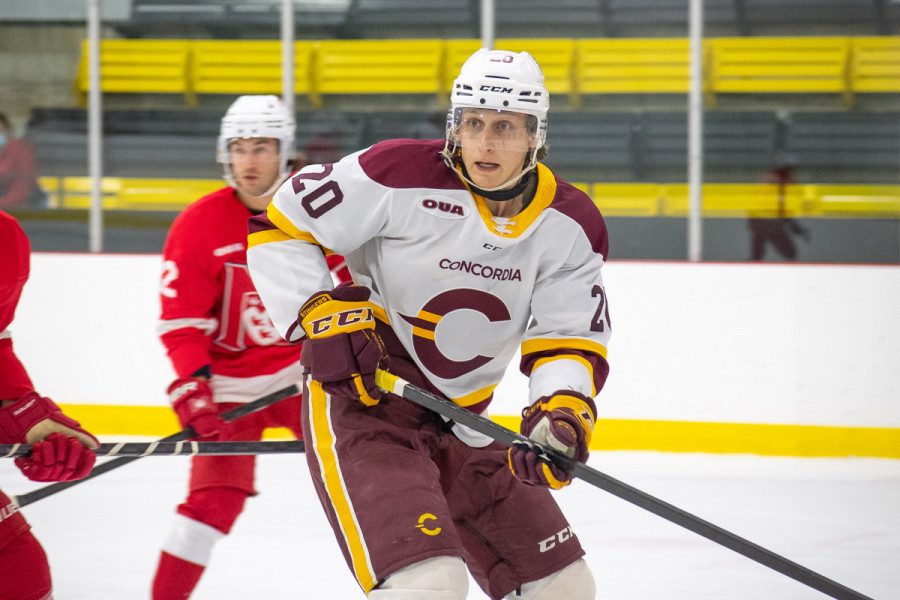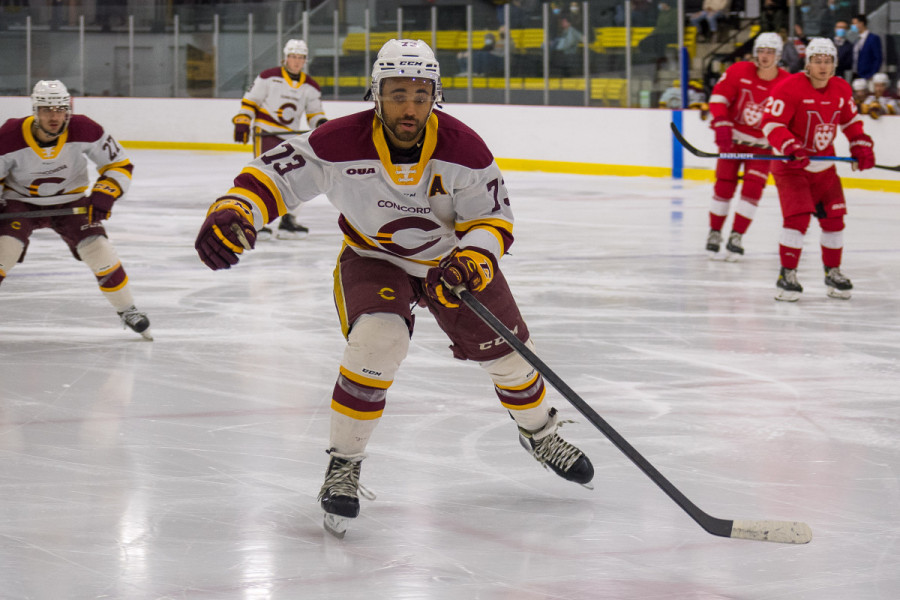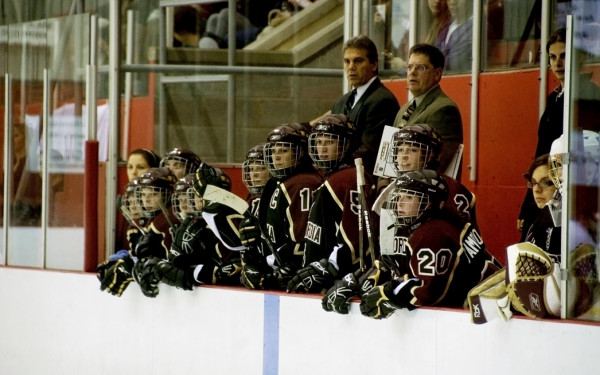Hockey’s cost could be keeping many off the ice
Getting into the game takes zeal, sacrifice, and sometimes a bit of financial support
Hockey is a beautiful game that combines a multitude of skills and takes extreme levels of coordination to excel in.
But it is also very expensive, and the majority of elite hockey players, at least in Canada, come from high-income families.
Getting into the game is hard enough as it is. Staying in it is even harder because of the monetary demand.
To compete at a high level in any sport, it takes sacrifice. Zachary Zorn, a third-year player for the Concordia Stingers men’s hockey team, had to give up a lot to get to where he is today. A native of Yellowknife in the Northwest Territories, Zorn had to travel 3,200 km to be a member of this team.
“When I was 14, I ended up moving away from my family to British Columbia and it was really expensive,” said Zorn. “[Luckily], the NWT has a great funding program for students from there, and they help pay for living expenses.”

“I also had great teammates whose parents helped me pay for [equipment]. My dad was making me use wooden sticks.” — Chase Harwell
The goal for Stingers players is to compete professionally, and they get to play for free once they are good enough to reach the junior level. However, they cannot get there without training intensely from a young age. Getting started can be costly, and may not be an option for low-income families.
“I was lucky enough to get opportunities to play for free,” said Chase Harwell, a member of the Stingers team whose parents struggled financially to put him through hockey. “I also had great teammates whose parents helped me pay for [equipment]. My dad was making me use wooden sticks.”
“The game is for everybody,” said Harwell, who is also an advocate for getting more People of Colour involved in the sport. Harwell is a role model on and off the ice for this team, and has donated many of his old sticks to the less fortunate.
Harwell also coaches hockey in the Notre-Dame-de-Grâce area. “We have canned food drives, so why not have a hockey stick drive to get some more kids [involved]?”
Stingers head coach Marc-André Élement works as a field coordinator for CCM Hockey, who sponsor the Stingers’ hockey equipment and gear. He knows exactly how expensive intensive hockey can get. “Minor hockey has to do some more equipment donations,” he said. “It’s unfortunate that so many kids don’t have the chance to play.”
Despite the efforts to grow the game, and to introduce it to more young kids, there is still a mentality that deters lower income families from getting involved in hockey. The game has grown, but its demographic has not.
When asked what can be done to make the game more inclusive, Harwell suggested introducing hockey in school systems.“I think the sport can be better if it’s for everybody,” he said.
“With all this money flowing around, where is it going?” Harwell questions where the money allocated in minor hockey goes and if it is being recirculated in the right areas.
If sign-up costs weren’t so expensive due to arena reservations alone, perhaps leftover funds would be better distributed between low-income players. Affordable sports, like basketball and soccer are accessible thanks to cheaper equipment, but hockey’s exorbitant costs limit the participation rate.
This article originally appeared in The Money Issue, published November 2, 2021.


_600_832_s.png)


_(1)__600_375_90_s_c1.jpg)
__600_375_90_s_c1.jpg)
1webedit__600_375_90_s_c1.jpg)